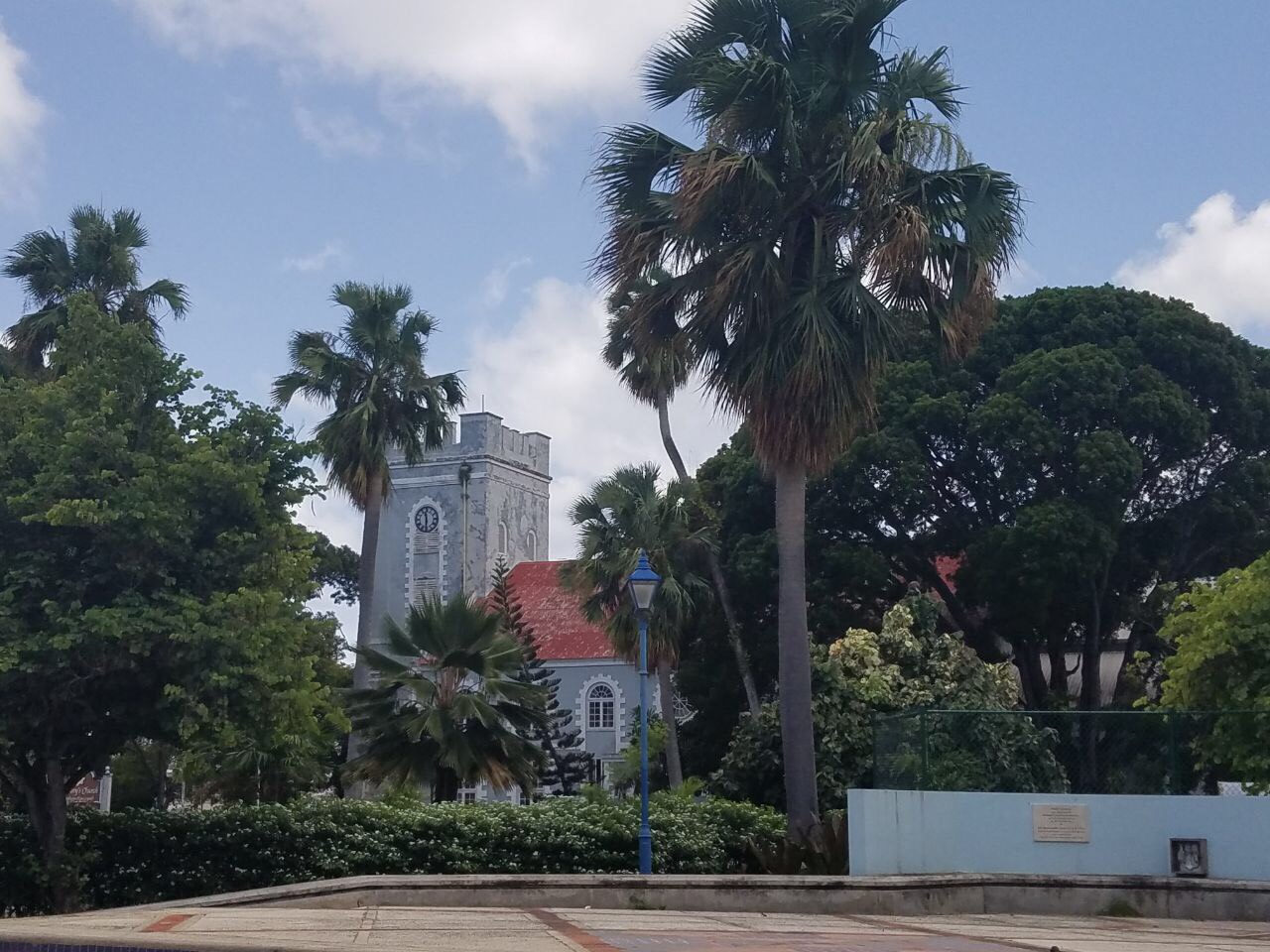The Story of Bridgetown
So you probably know that that Bridgetown was settled by the English in 1628. That it was first named Indian Bridge because of a crude bridge constructed over the Careenage (Constitution River) which was thought to be built by the island’s first inhabitants – the Arawaks. You probably know that the that the town received a boon in British colonial importance and prosperity in the 17th century due to the Transatlantic sugar and slave trade.
You also probably know it was ravaged by fires and other disaster from the middle of the 17th century until the early 20th century but still managed to retain so much of its architectural history that it was designated a UNESCO Heritage Site in 2011. I know for a fact that you either do or can know all of this with a simple mouse click. A Google search can serve tons of information about Bridgetown in nanoseconds.What the search won’t reveal is the concentration required to contend with pedestrian traffic and large twenty first century vehicles as you navigate narrow interconnected streets with their 17th century serpentine layout. You will appreciate first hand why more people walk rather than drive through Bridgetown and discover why parking is at a premium.
Google won’t speak to the awe you experience when you realized you have moved past a chock a block of 17, 18, 19th and 20th century buildings without once thinking one or the other was out of place or that you had travelled back in time.
You will be enthralled to find the oldest synagogue in the Western hemisphere in a small island town and tickled to see Gothic inspired stately Parliament buildings across from markets, food stalls and the Old City Bar. You will be delighted with the calming Marina views alongside the major traffic arteries in and out of the capital city. Also, if you are lucky enough to have a guided tour of the town you will dip into the local shops, eateries and bars to gobble up coo cou, pudding and souse, bakes, fish cakes and truly eat like a local. You will marvel at the unflappable nature of passersby as you devour a ham cutter sitting atop a stool on a street sidewalk. You will make friends with bar patrons who will encourage to try mauby and preach that you can acquire the taste in mere minutes.
At last, you will fall in love with the town and prepare for your return.

